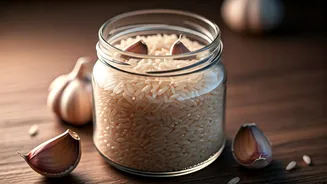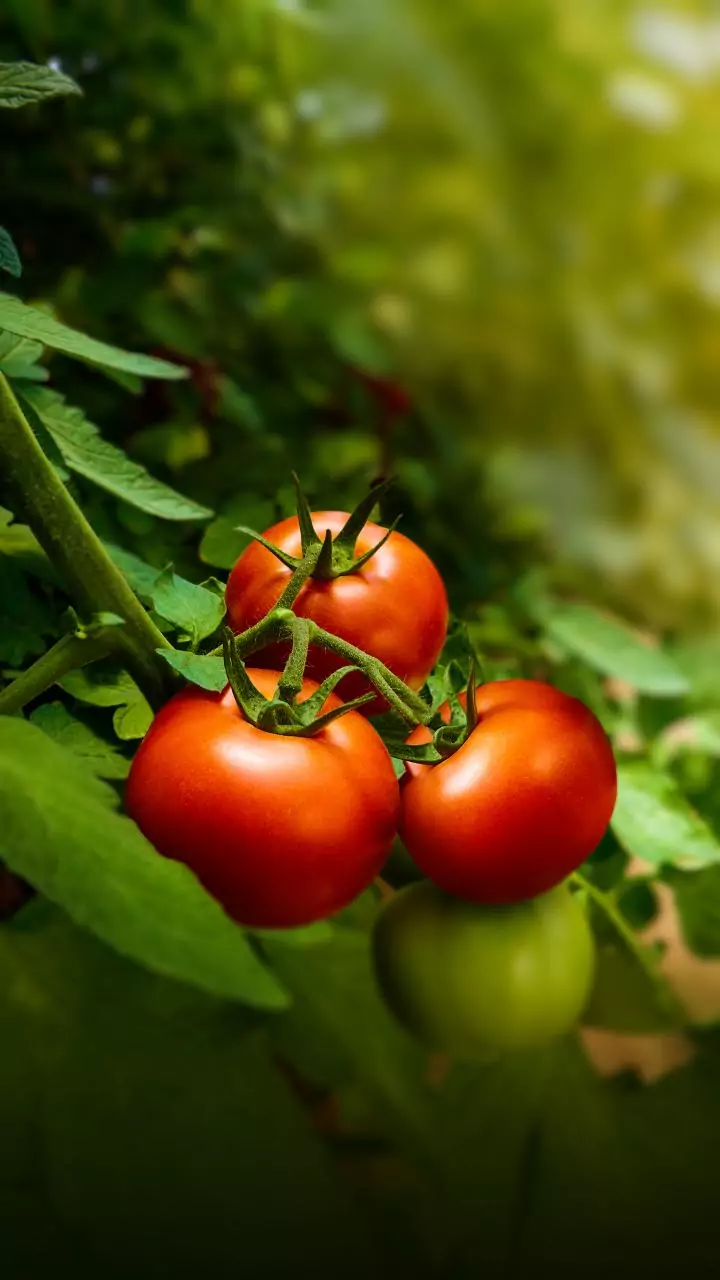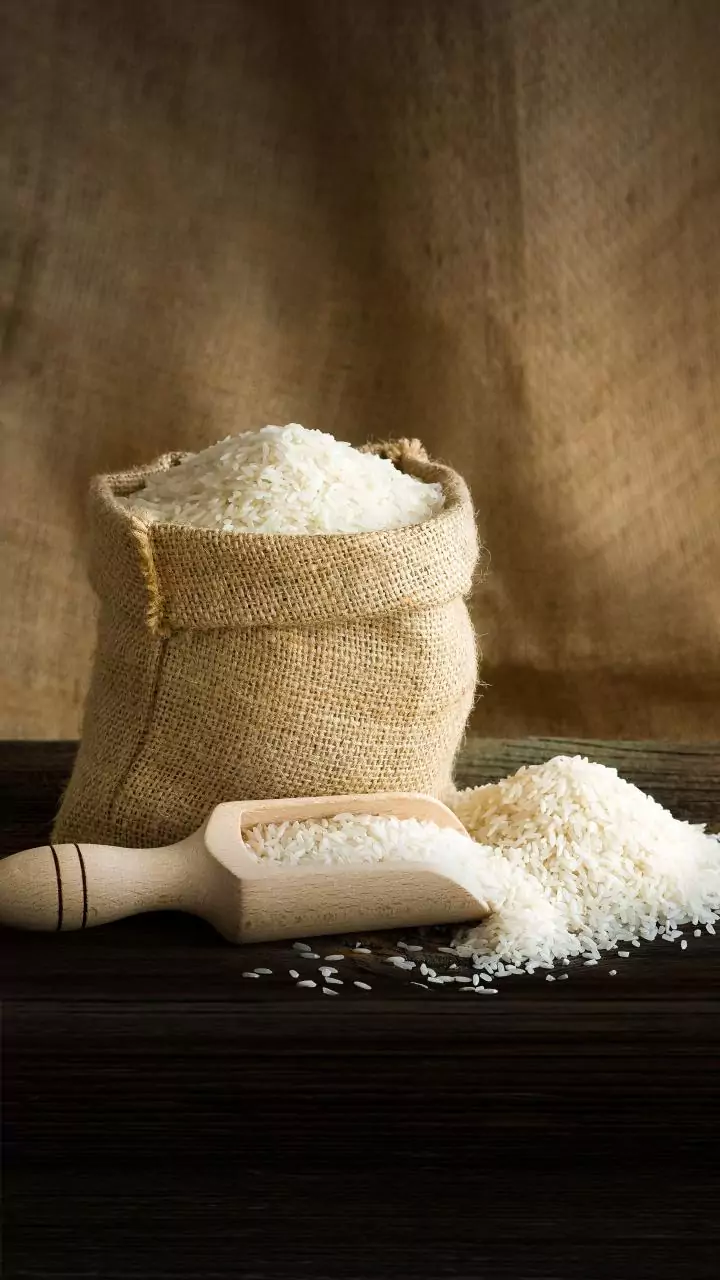Garlic Clove Power
The first line of defense against rice pests involves the humble garlic clove. Its strong aroma naturally repels insects. Place a few cloves of garlic directly
into your rice container. The potent smell acts as a deterrent, keeping unwanted visitors away. This method is especially effective for preventing infestations, as garlic is a natural pest repellent. Ensure the garlic is evenly distributed, and replace it every few weeks to maintain its effectiveness. This simple step can make a big difference in preserving the quality and freshness of your rice. The garlic cloves essentially create a protective barrier, preventing pests from even considering your rice as a food source. This method, rooted in traditional Indian practices, is a testament to the power of natural solutions in the kitchen and how everyday items can be used for preservation and food safety.
Embrace Sun Drying
The sun-drying method harnesses the power of the sun to eliminate moisture, a key factor in attracting pests. Spread your rice out on a clean surface under direct sunlight for several hours. This simple act reduces the moisture content, making it less appealing to insects. The heat from the sun also has a sanitizing effect, further protecting your rice. Make sure to choose a sunny, dry day for this process. Regularly stirring the rice ensures even drying. Once dried, store the rice in an airtight container to maintain its dryness and freshness. This traditional method not only preserves your rice but also adds a subtle, pleasant aroma to it. By eliminating moisture, the sun-drying method prevents the conditions that encourage pest infestations, effectively extending the shelf life of your rice.
Vinegar & Asafoetida Trick
For a potent pest deterrent, combine vinegar and asafoetida. Mix a small amount of asafoetida powder with vinegar, and apply this mixture to the inside of your rice container. Asafoetida, a common ingredient in Indian cooking, has a strong smell that naturally repels insects. The vinegar helps in spreading the asafoetida’s smell. This combination creates an environment that pests find unappealing. This is a powerful method. Remember to let the container dry completely before adding the rice. Regular applications can keep the pests away. This method is effective in preventing pests. These ingredients are easily accessible and are a testament to how home remedies can effectively preserve the quality of your food. Vinegar and asafoetida provide a dual defense.
Moisture-Absorbing Method
Moisture is a prime culprit in attracting pests to stored rice. This method focuses on absorbing any excess moisture to keep the rice dry and pest-free. Place a small pouch of uncooked rice, salt, or even dry bay leaves at the bottom of your storage container. These materials act as natural desiccants, absorbing moisture and preventing the damp conditions that insects thrive in. Replace these moisture absorbers periodically to ensure their continued effectiveness. This simple, yet effective, method is a practical way to extend the shelf life of your rice and maintain its quality. Keeping your rice dry is a key factor. Using these materials, you are providing additional protection against pests. These readily available household items are the key to this method.
Proper Rice Storage
Correct storage is important for preserving the quality of rice and preventing pest infestations. Always store rice in an airtight container to protect it from moisture and pests. Glass, plastic, or metal containers work well. Ensure the container is clean and dry before adding the rice. A cool, dry place is ideal for storage; avoid locations near heat sources or direct sunlight. If you buy rice in bulk, consider transferring smaller amounts to your kitchen for immediate use. These methods, from choosing the right container to storing it in the correct location, are crucial for keeping your rice fresh and safe for months. Consistent attention to these steps guarantees that your rice remains free from pests and ready for cooking. The right storage environment will protect your rice.










